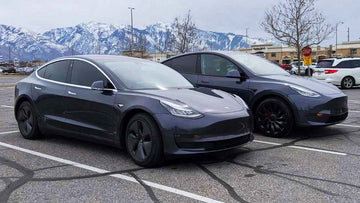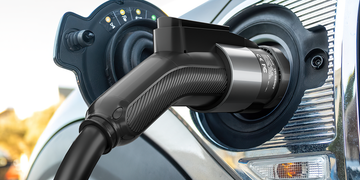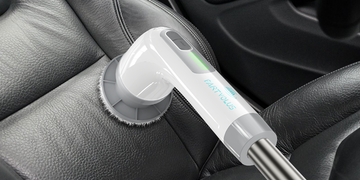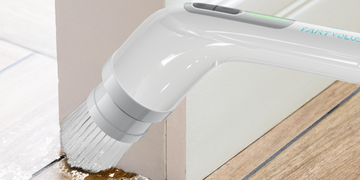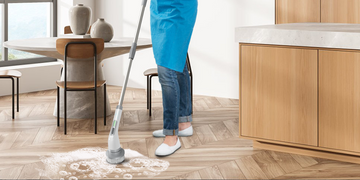Can I use an extension cord to charge my Tesla? Using an extension cord to charge your Tesla is generally not recommended by Tesla. While it may be technically possible to use an extension cord with the Mobile Connector that comes with your Tesla, there are several important considerations and potential safety risks to be aware of, In this article, we'll explore the considerations and safety aspects associated with using an extension cord to charge your Tesla.
Warning: Do not use an extension cord, a multi-outlet adapter, a multi-plug, a conversion plug, or a power strip to plug in the Mobile Connector. Warning: Do not disconnect the Mobile Connector from the wall outlet when the vehicle is charging.
Understanding Tesla Charging Equipment:
Tesla vehicles come equipped with a Mobile Connector, a versatile tool designed for home charging. While it's included with the purchase of a Tesla, it's crucial to note that this connector is intended for direct use with electrical outlets, and using an extension cord wasn't Tesla's original design consideration.
Voltage Drop: Using a long or low-quality extension cord can result in voltage drop, meaning the amount of power reaching your Tesla may be reduced. This can lead to slower charging and, in some cases, may not provide enough power to charge the vehicle safely.
Overheating: Extension cords that are not designed for high-power applications can overheat when used with electric vehicle chargers. Overheating poses a fire hazard and could damage both the extension cord and the charging equipment.
Compatibility Issues: Some extension cords may not be compatible with the high power requirements of electric vehicle charging. Using an inadequate extension cord can lead to equipment failure or damage.
Tesla's Recommendations:
Tesla, as a manufacturer, typically advises against using extension cords for charging. The company emphasizes the use of Tesla-provided or Tesla-recommended charging solutions to ensure the safety and efficiency of the charging process.

How to Maintain a Tesla Charger Extension Cord?
Maintaining your Tesla charging extension cord is essential to ensure its longevity and safety. Here are some maintenance steps to follow:
Cleanliness:
Keep the extension cord clean by wiping it down with a damp cloth when necessary to remove dirt, dust, and debris. Clean connectors to ensure proper electrical contact.
Proper storage:
Store the extension cord in a dry and cool location when not in use. Avoid leaving it exposed to direct sunlight, extreme temperatures, or moisture, as these can degrade the cord over time.
Avoid coiling when hot:
If the extension cord has been in use and becomes warm, avoid immediately coiling it. Allow it to cool down completely before coiling it for storage. Coiling a hot cord can cause damage.
Protect from physical damage:
Store the extension cord in a way that prevents it from being stepped on, crushed, or exposed to sharp objects that could puncture or damage the insulation.
Test ground fault circuit interrupter (GFCI) outlets:
If you're using a GFCI outlet with your extension cord, test it periodically to ensure it's functioning correctly. GFCI outlets provide an extra layer of safety.
Replace damaged cords promptly:
If you notice any fraying, exposed wires, or other damage to the extension cord, replace it immediately. Using a damaged cord can be dangerous.
Reevaluate cord length:
Over time, your charging needs or parking situation may change. Reevaluate whether the cord's length still suits your requirements. If necessary, consider getting a different-length extension cord.
Can I use an extension cord to charge my Tesla? To ensure safe and efficient charging, it is recommended to use the equipment provided by Tesla or a Tesla-recommended home charging solution. If you need to extend the reach of your charging cable, consider using a high-quality, heavy-duty extension cord that is specifically designed for outdoor and high-power applications. Make sure the extension cord is rated for the power your Tesla charger requires, and always follow safety guidelines provided by both Tesla and the extension cord manufacturer.
For a more permanent and reliable solution, it's advisable to install a Tesla Wall Connector or another Tesla-compatible home charging station at your residence, as these are designed to handle the power requirements of electric vehicle charging safely. Always prioritize safety and consult with Tesla or a qualified electrician if you have questions about your charging setup.

